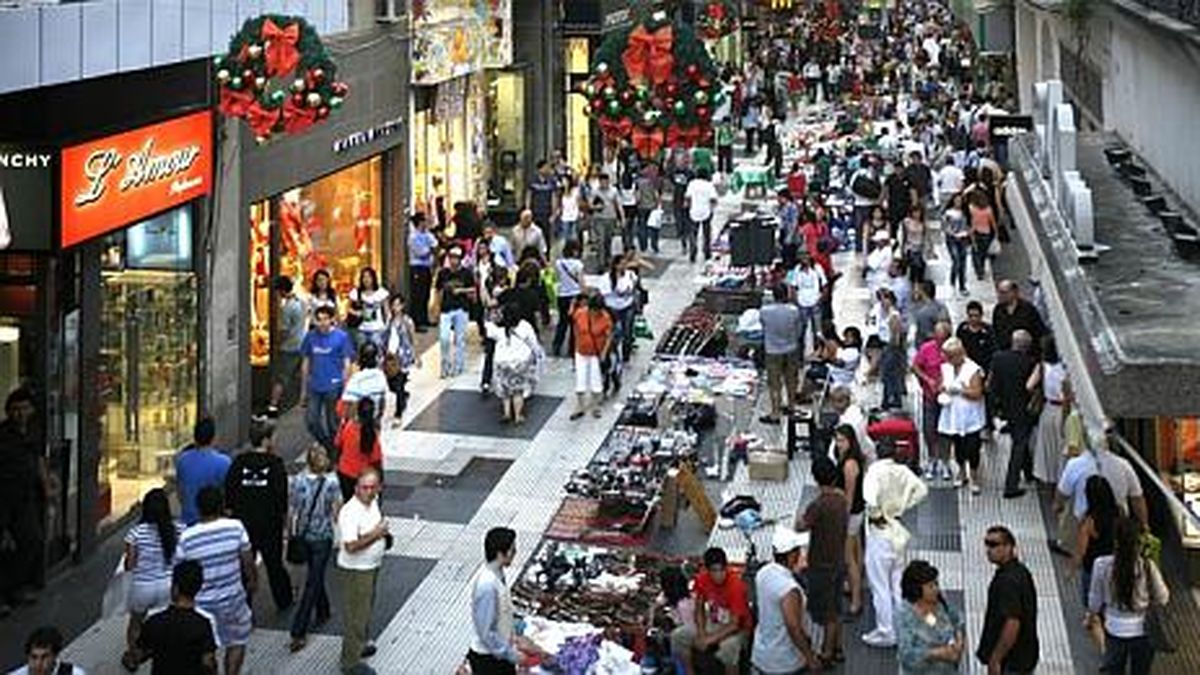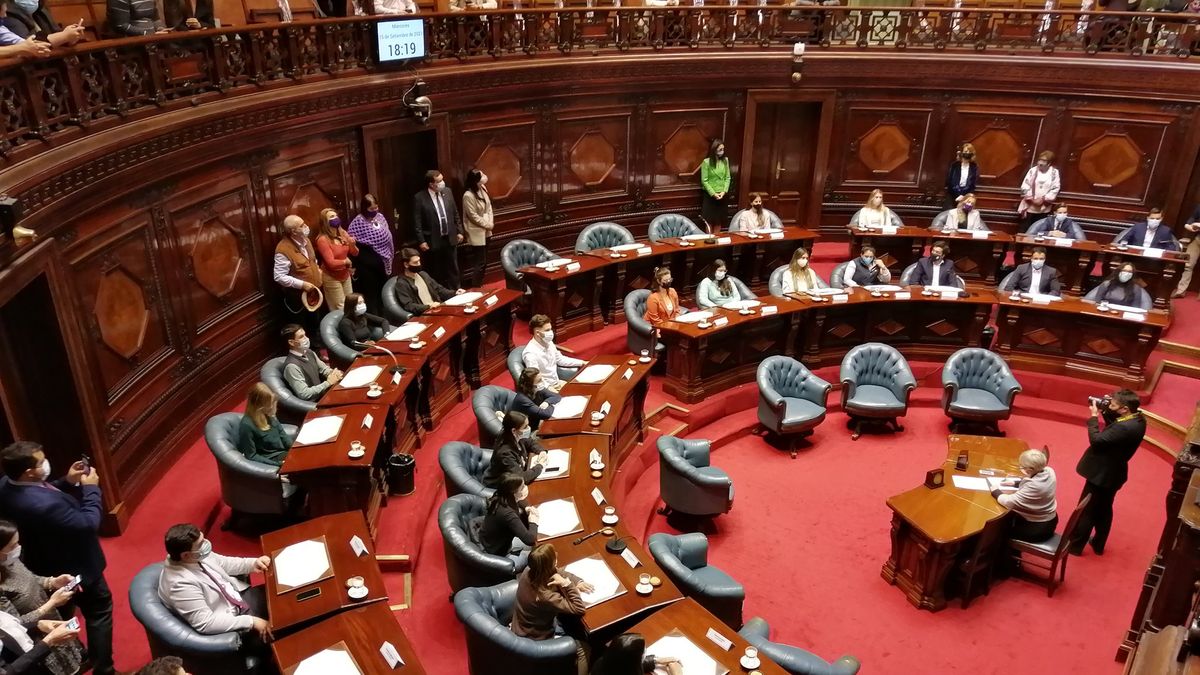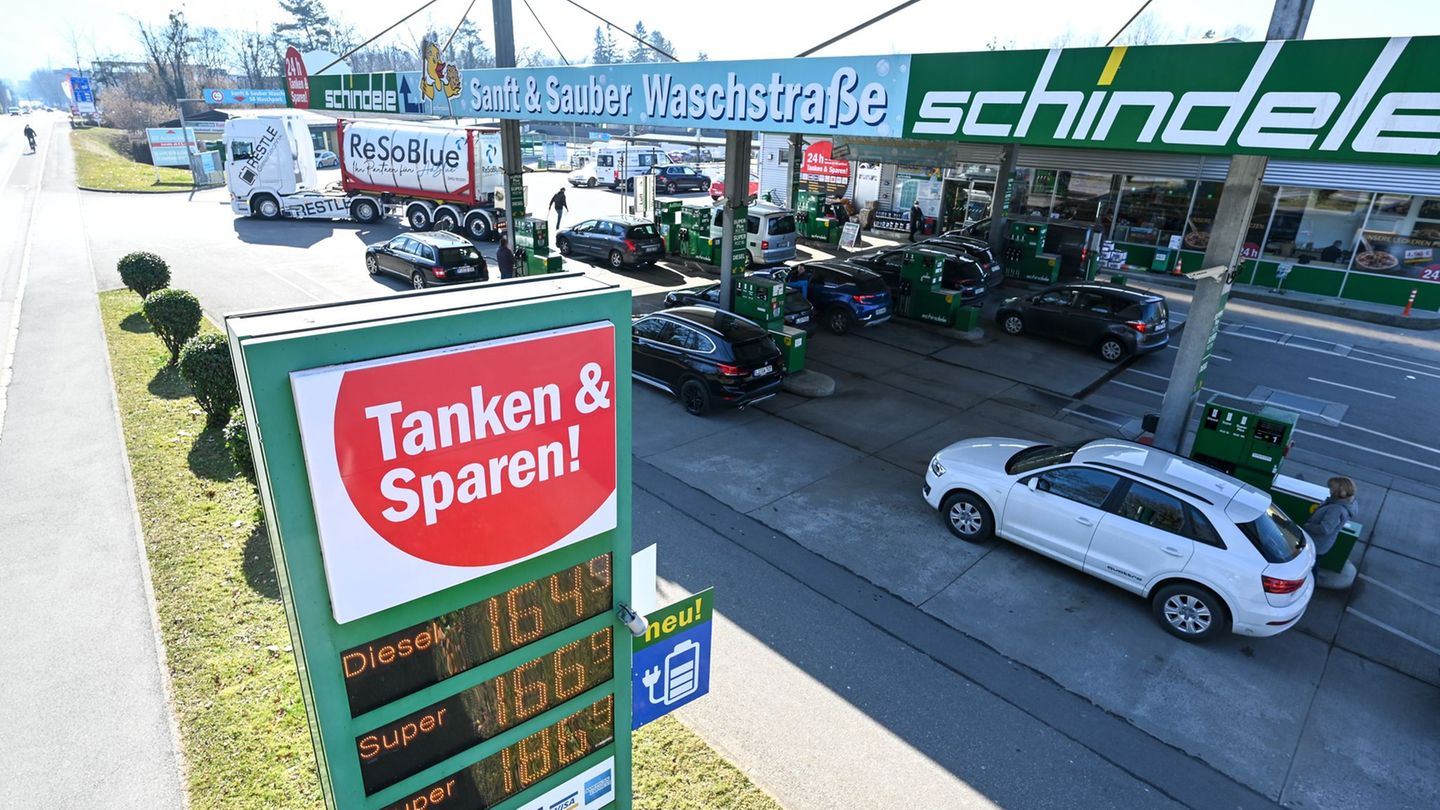The pedestrian Florida, heart of downtown Buenos Aireshas undergone a notable transformation in its appearance over the years. Originally renowned for its luxury stores and iconic cafes, it has now become an epicenter of fast fashion.housing a variety of clothing stores that offer fast and affordable fashion.
Recently, the Uruguayan brand Indian opened a store on Florida Street, as part of a planned investment of US$7 million in Argentina. This opening is added to the presence of other international brands such as Zara and Renner, consolidating the trend towards fast fashion on the pedestrian street. However, this evolution generated debates about the prices and accessibility of these stores in the local economic context. For example, prices in stores such as Zara in Buenos Aires have been noted to be significantly higher compared to Europe, leading to criticism and reflections on the affordability of international fashion in the country.
Beyond this controversy, the reality is thatPedestrian Florida today is far from the luxuries it was able to show decades ago. With the desire to seduce tourists and locals, clothing stores offer even cheaper productsoften syndicated as clothing that is also available on Avellaneda Street in the Flores neighborhood and even imitations of soccer jerseys and sports clothing.
Meanwhile, In addition to fast fashion stores, pedestrianized Florida experienced a marked increase in the presence of Chinese bazaars and souvenir shops. Stores like “Mogumi”, located at Florida 301, offer a wide range of products ranging from fashion accessories to decoration items, attracting a diverse clientele looking for variety and competitive prices. There are fewer and fewer stores dedicated to the sale of regional products or leather goods, something that was very typical until not long ago.
Of course, what remains valid and immovable is the presence of the “little trees”, people who are dedicated to informal currency exchange. Shouting “Change, change!”, they offer to buy and sell dollars in the parallel market. This activity, although illegal, takes place in broad daylight and is tolerated to some extent by the authorities.
All past time…
Florida Street is not only a shopping center, but also a living testimony of the history of Buenos Aires. Its origins date back to the second founding of the city, when it was a modest path that led to the river. Over the centuries, it witnessed countless changes, from its paving in 1789, becoming the first paved street in the city, until its transformation into a pedestrian street in 1971.
Among the emblematic buildings that adorn the pedestrian street, the old Harrods stands outopened in 1914 as the first and only branch of the prestigious London store outside the United Kingdom. ORLocated at Florida 877, this majestic Edwardian-style building occupied an entire block and became a symbol of luxury and sophistication in the city.d. For decades, Harrods was a landmark for high-end shopping, attracting thousands of visitors daily. However, in 1998, the store closed its doors permanently, and since then, the building has remained empty, although its façade remains a reminder of the opulence of times past.
Along the same lines, among the emblematic buildings that adorn the pedestrian street, The Galerias Pacífico stands out, a majestic shopping center, which was designed in 1888 to house the Argentine branch of the well-known department store Au Bon Marché in Paris. However, it was never used for its original purpose.ly, shortly after its failed inauguration, it was sold to the Buenos Aires al Pacífico railway, which finally gave it its current name. In any case, today this shopping center deserves to be visited for its beautiful facilities and, mainly, for its magnificent dome, decorated with murals made by prominent Argentine painters: Antonio Berni, Lino Enea Spilimbergo, Demetrio Urruchúa and Juan Carlos Castagnino.
Furthermore, andhe passage of time has seen premises that were once icons of the pedestrian area disappear. The Richmond Café, for example, was a meeting point for writers and artists, including Jorge Luis Borges and Graham Greene. Its closure in 2011 marked the end of an era for the street’s regulars.
In short, despite the challenges and transformations, Florida Street continues to be a reflection of the urban dynamics of Buenos Aires, adapting to global trends without losing its historical essence. The coexistence of “fast fashion” stores with Chinese bazaars, souvenir shops, the activity of the “little trees”, historical buildings and the memory of emblematic places that are no longer there, make up an urban landscape that combines modernity and tradition.
It is also a latent opportunity to recover a site that has a wonderful infrastructure and that sees thousands of people pass by every day. Florida Street could once again have that magic that made it an icon of the city, a space that combines history, innovation and culture, revaluing its place as the heart of downtown Buenos Aires.either.
Source: Ambito
I am a 24-year-old writer and journalist who has been working in the news industry for the past two years. I write primarily about market news, so if you’re looking for insights into what’s going on in the stock market or economic indicators, you’ve come to the right place. I also dabble in writing articles on lifestyle trends and pop culture news.




